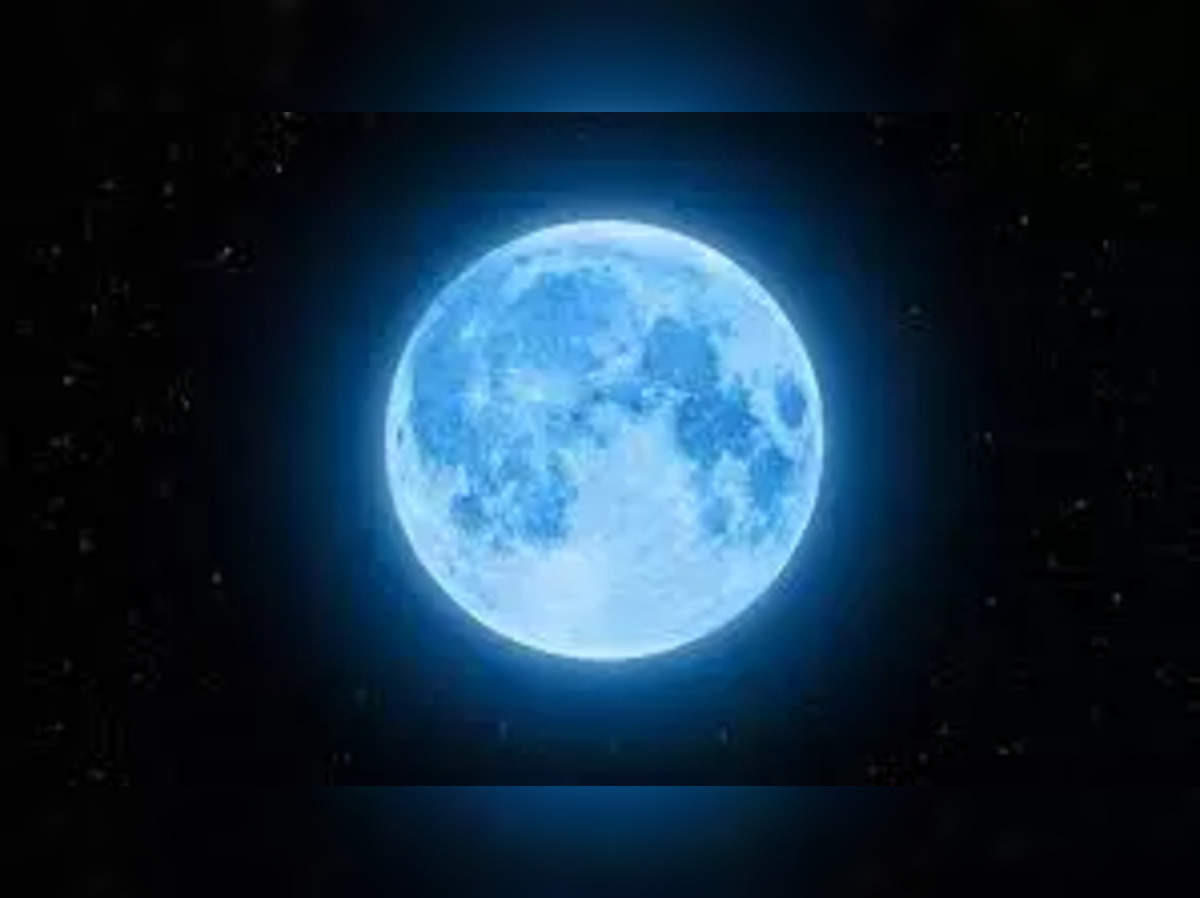Step right into the spotlight of a celestial spectacle, as the super blue moon prepares to adorn the night sky on August 30. To ensure you’re fully prepared, here’s a comprehensive guide to everything you should know about this remarkable blue moon.

Source: ET
Make sure to mark your calendars for the night of August 30, as the extraordinary ‘once in a blue moon‘ celestial phenomenon is set to grace the skies. Don’t miss the chance to witness the breathtaking super blue moon – remember to cast your gaze upwards.
Amidst the week’s festivities, Wednesday holds a dual delight, with the celebration of Raksha Bandhan during the day and the captivating appearance of the year’s largest and most luminous moon in the night sky. Anticipated to reach its zenith at 9:36 pm ET or 7:06 am IST, this lunar spectacle bears the name “super blue moon,” yet its hue is not the anticipated blue but rather a striking shade of orange.

Source: CooPWB
While this occurrence brings excitement, a common query arises: What defines a blue moon, and how regularly does this phenomenon embellish our celestial expanse? Delve deeper as we unravel the mysteries behind this celestial marvel, shedding light on the enchanting occurrence that has captivated human curiosity for ages.
Within the realm of Super blue moons, it’s important to clarify that their categorization doesn’t involve the hue they cast upon the night sky. Instead, there are two distinct types that hold significance. NASA’s insight unveils the concept of a seasonal blue moon, a designation reserved for the third full moon nestled within a season encompassing four such moons – a rendition that adheres to the traditional notion of a blue moon.

Source: WANE 15
In contrast, the monthly blue moon takes shape when the second full moon emerges within the confines of a solitary calendar month. Interestingly, this interpretation deviates from the original definition, marking the evolution of this lunar phenomenon over time.
Aligned with Time and Date’s interpretation, the concept of a monthly blue moon has transitioned from being deemed a misconception to now being embraced as a valid definition of this lunar occurrence. However, it’s important to consider that the lunar cycle encompasses approximately 29.5 days to progress through its phases, ultimately spanning 354 days to complete 12 cycles.
The upcoming #BlueMoon on Wednesday, August 30, is particularly special as it's the nearest #SuperMoon of 2023, being the closest and brightest Moon of the year. This month's #SuperBlueMoon is unique, as most months typically have just one #FullMoon. 🌕🔵 #AstroTrivi #supermoon pic.twitter.com/uz7w4HlTOY
— Globe Data Digest (@globedatadigest) August 30, 2023
Given that a calendar year comprises only about 366 days, the alignment occasionally grants us an additional full moon – a phenomenon that emerges roughly once every two and a half years. This supernumerary full moon earns the designation of a “Super blue moon,” as it deviates from the established naming conventions, serving as a testament to the intricate dance between celestial bodies and time.
Also Read:
Wipro Sacks 300 Employees For Moonlighting: What is Moonlighting?



















































































